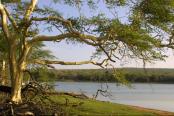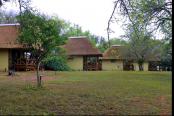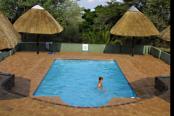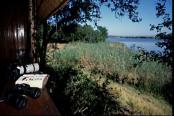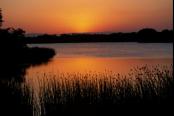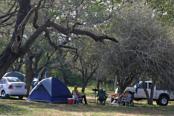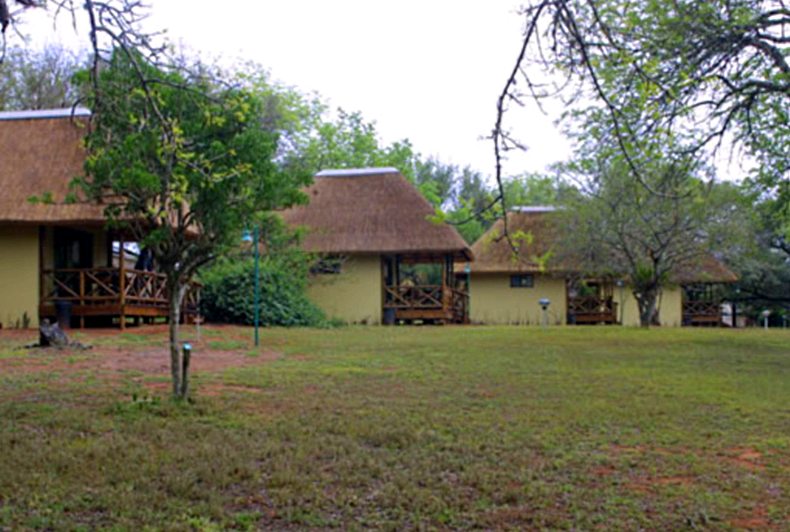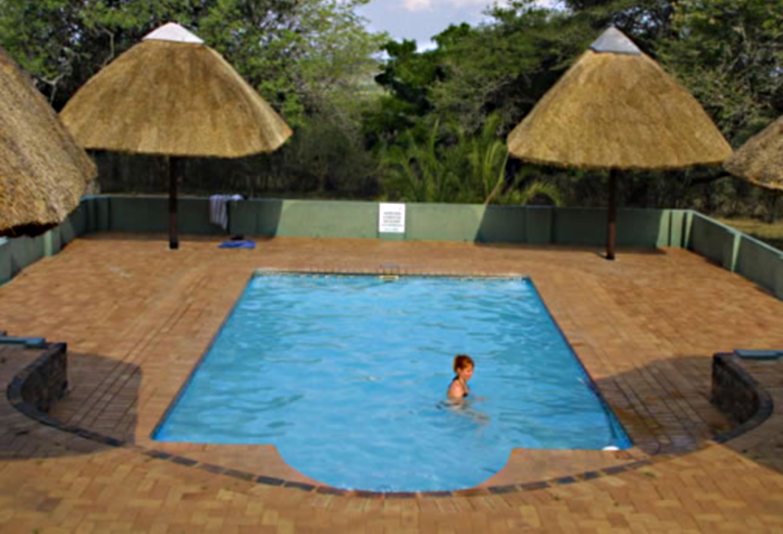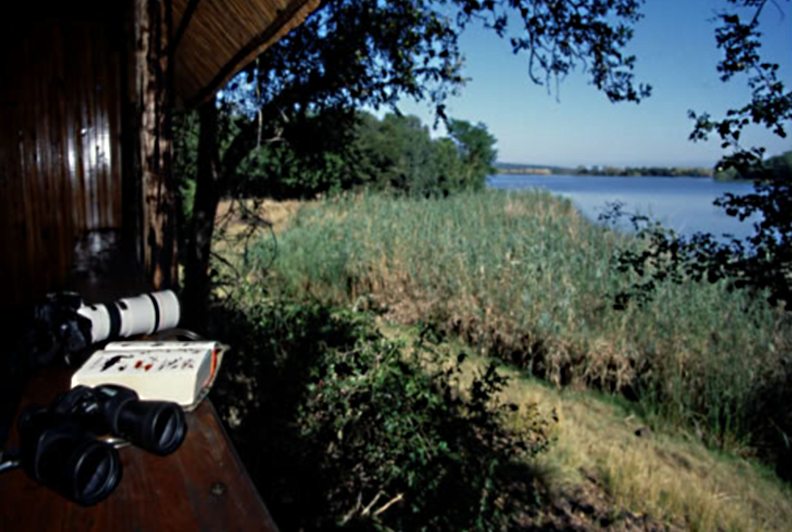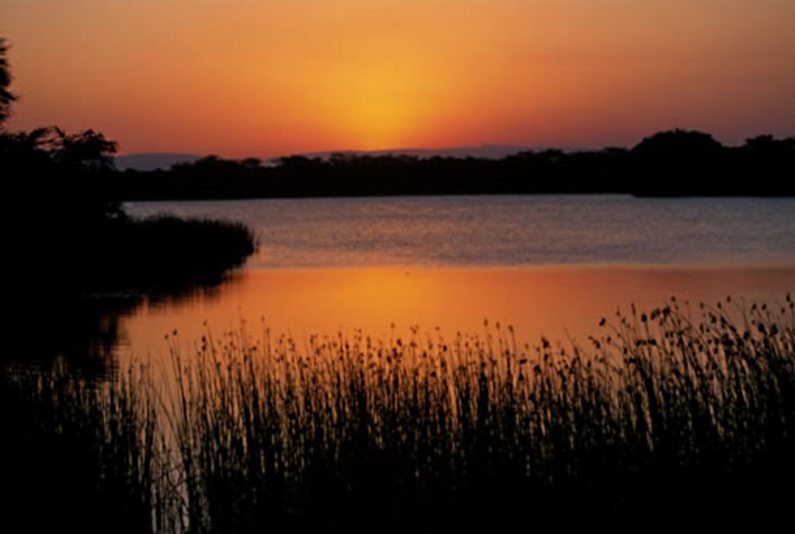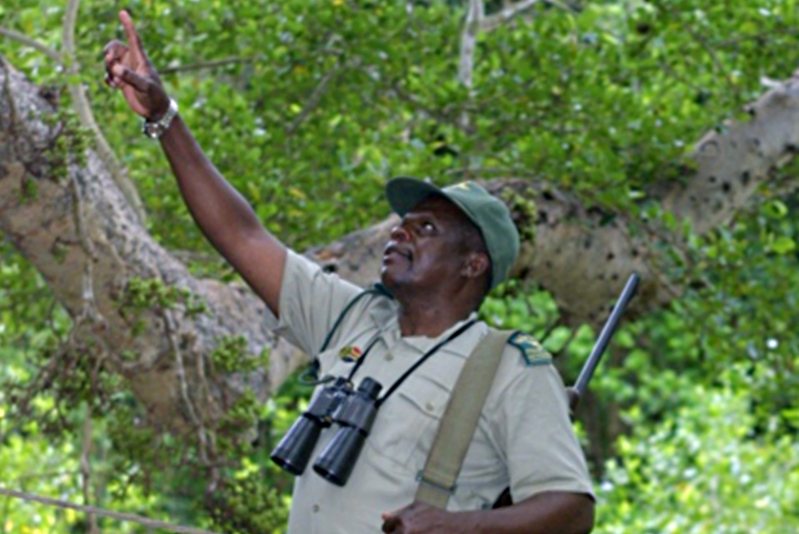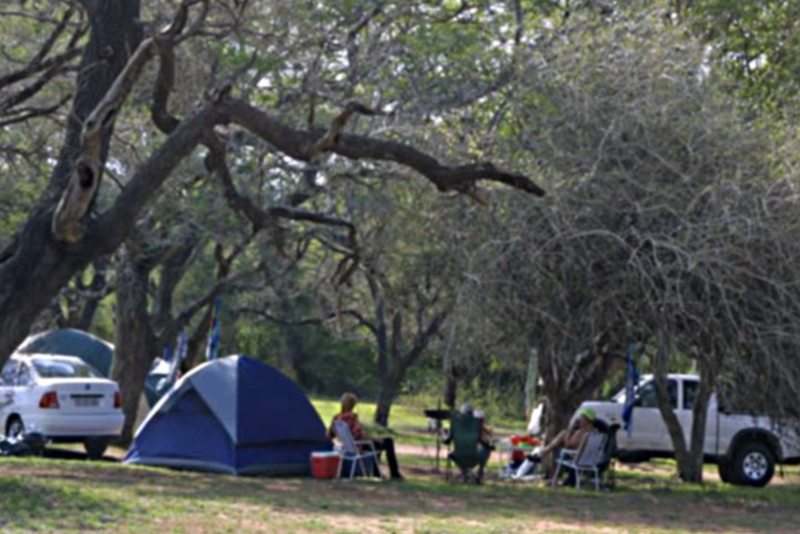Ndumo Game Reserve
Holiday Resort Accommodation In Ndumo Game Reserve
About Ndumo
Ndumo Game Reserve is situated in Maputaland near Tembe Elephant Park on the Mozambique border. The Usuthu River forms its northern boundary, and the Pongola River flows through the reserve to its confluence with the Usuthu River. The reserve is 10 117 ha in extent. Ndumo is perhaps best known for its magnificent bird life, with the highest bird count in South Africa - some 430 species. Ndumo has many beautiful pans set about with yellow fever trees and extensive wetlands and reedbeds, as well as acacia savannah and sand forest.
What to do on arrival
On arrival all visitors to the reserve, whether day visitors or those being accommodated in the hutted camp or entrance charge will be levied. The office hours are 08:00- 12:00 and 13:00- 16:00 daily. Visitors taking up reservations must report to the reception office by 15:30 on the day of their reservation.
Due to the distance, visitors wishing to stay in the reserve are strongly advised to obtain confirmed reservation for accommodations, as the nearest hotel is at Mkuze 110km away.
What to bring
Everything is supplied for the visitor except food and beverages. Please note however that as of the 17 May 2015, services of a cook are no longer provided to visitors at Ndumo. All guests are asked to cook for themselves. However, beers, wine, ice cream and cold drinks are on sale at the curio shop. No provisions of any kind can be purchased in the reserve, but basic foods, petrol and oil are obtainable from a store 2km from the entrance to the game reserve. It is essential to take anti- malaria medication as recommended by your pharmacy. Hats and torches are also advisable.
General
- Ndumo falls within the endemic malaria area, and visitors are urged to take the necessary precautions. Bilharzia is also present in the area.
- The speed limit throughout the reserve is 40 km/h.
- Pets are not permitted within the reserve.
- Littering is an offence and offenders will be prosecuted.
- It is an offence to pick or damage any plant or disturb or kill any animal.
- Portable radios should be played with great discretion.
- For your own safety, you are requested not to proceed along roads where “No Entry” signs have been erected.
- You may leave your vehicle in the precincts of the rest camp, at game viewing hides, designated picnic areas, or in the event of mechanical breakdown.
- The lighting of fires is only permitted in proper fireplaces. Please also extinguish cigarettes properly and place them in the proper receptacles. Do not throw them out of windows.
- Firearms must be declared on arrival.
- The entrance gate is closed from sunset to sunrise and is open during the following hours : Summer 05: 00-19:00 (October-31 March) / Winter 06:00-18:00 (1 April-30 September).
How to get there
From the north or south follow the N2 and turn off at Jozini. Go through the town and across the dam wall, then follow the road until you see the Ndumo sign posts.
Accommodation in Ndumo
Accommodation - Resort
- The resort consists of seven 2-bedded squaredavels, each equipped with a hand basin with hot and cold water and a refrigerator.
- Bedding, cutlery and crockery are provided.
- The resort is served by a communal kitchen and ablution block with hot and cold water.
- The resort is equipped with Eskom electricity.
- Please note that as of the 17 May 2015, meals are no longer prepared in communal kitchens by experienced cooks. Guests are requested to prepare their own meals.
- Check in time for the rest huts is 14:00 on the day of arrival, and check out time 10:00 on the day of departure.
Accommodation - Campsite
- There is a campsite comprising 14 shaded campsites, each equipped with electric power points and barbeque stands.
- The campsite caters for both caravans and tents, and is situated in a beautiful setting under the trees near the resort.
- Cold water is available from three taps distributed within the campsite.
- Campers can make use of communal ablutions used by guests in hutted accommodation.
Activities in Ndumo
- Whilst the reserve is best known for its magnificent bird life, game viewing can be most rewarding.
- Species such as hippopotamus, crocodile, nyala, bushbuck, impala, grey and red duiker can also be seen.
- Both black and white rhino, giraffe and suni can also be seen.
- If you are lucky you may also see buffalo. These are confined mainly to the swampy flood plain areas.
- The bird life in the reserve is prolific, and many tropical East African forms are found here at the sourthern limit of their range.
- There is also a wealth of aquatic bird life on the many pans within the reserve.
- Noteworthy examples of the birds to be seen here are black egret, pygmy geese, white-faced ducks, crested guineafowl, jacanas and pel’s fishing owls.
- Fish eagles are ubiquitous and their call accompanies visitors on their game and bird viewing drives.
- The large population of crocodiles is a particular feature of this reserve, and the area is one of the unusual interest to entomologists.
- Visitors may drive through certain areas of the reserve in their own cars, or participate in landrover tours to interesting areas in the company of a tour guide.
- Depending on the demand, morning and afternoon tours are conducted and arrangements to participate in these tours are made at the reception office.
- For the more energetic, day walks in the reserve may be taken in the company of a guide and here too, arrangements to participate in these walks should be made at the reception office the day before the intended walk.
Ndumo Game Reserve appears in the following sections:

Waiting for a Special Deal?
Special Alert! Receive early notificationsClick the blue button on a property's page and get notifications the minute they post a Special Deal!
